
Switzerland is everywhere in space research
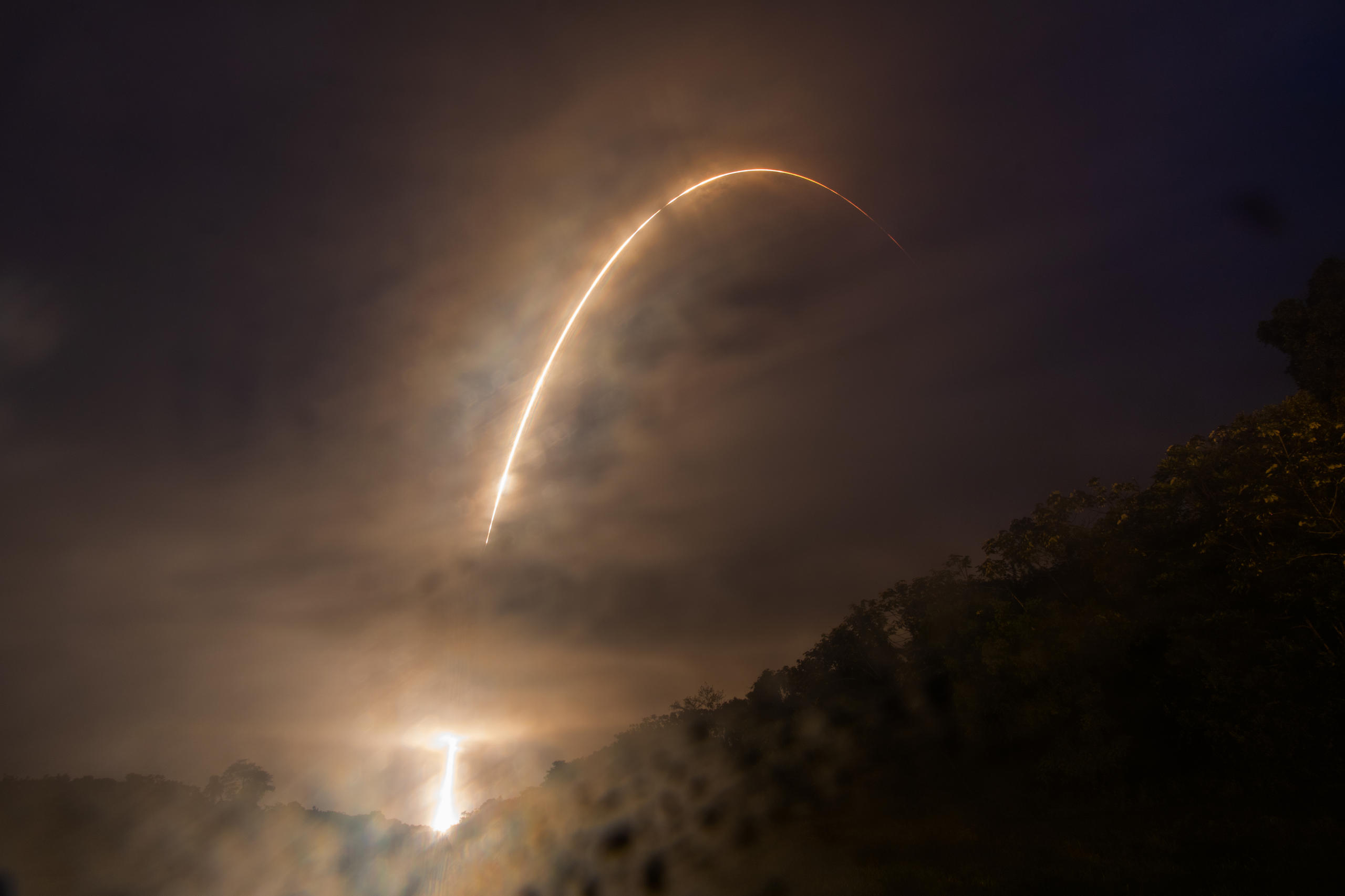
On December 18, 2019, the space telescope CHEOPS launched aboard a Soyuz rocket from Kourou in Guyana. It was the first Swiss mission in tandem with the European Space Agency. But Swiss technology already had a strong presence in space and aboard American, Russian, Chinese and Japanese probes.
Whether it’s on Mars with the Europeans, the Americans or the Chinese, on the Moon with the Russians, on satellites orbiting Jupiter, on comets or peering into the infinite, Swiss technology is everywhere in space. A new report by the Academy of Natural Sciences sums this all up.
It highlights 60 instruments deployed to 50 different space missions. This impressive list is collated in the catalogue: “Space Research in Switzerland 2018-2020”. The document was released ahead of January’s 43rd annual COSPAR (Committee on Space Research) assembly in Sydney, Australia.
Leafing through the 100 or so pages of the report, it is soon evident that only major missions like the CHEOPS space telescope, the comet hunter Rosetta or the solar observatory Solar Orbiter have been widely covered in the media. Less has been written about the European Theseus, Japanese XRISM or Chinese eXTP probes, which all incorporate Swiss technology.
The first will study gamma-ray bursts, which are the brightest phenomena in the universe; the second will help us to understand how groups of galaxies hold together and the third examines how matter reacts to extreme density, gravity and magnetism found in supermassive black holes. Wow! But not as easy to explain, even in video format.
US aeronautic and arms corporation Lockheed Martin (that builds satellites and rockets for NASA) has produced this video for the COSPAR meeting.
Switzerland’s contribution to space research is all that and more. But the dates 2018-2020 on the report’s cover are a bit misleading. From the initial idea to the analysis of the most recent results collected, a space mission can last 20 or even 30 years. The list includes completed missions where data analysis is ongoing, missions launched during the review period and others which still only exist on paper.
Of the 50 missions listed in the document, a good third are chartered by the European Space Agency (ESA). This makes sense as Switzerland is a founding member of ESA and contributes some CHF170 million a year to the €4.7 billion budget.
Switzerland also contributes to nine NASA (US), three Roscosmos (Russian), two JAXA (Japanese) and five CNSA (Chinese) missions, as well as various international consortiums.
Despite strategic competition between countries, they continue to collaborate in space. Great powers may race to plant their flags on the Moon or Mars, but the physics of the Sun, Mercury’s craters, the volcanos of Io, the oceans of Titan, neutron stars or gravitational waves have yet to be claimed as any one country’s preserve.
So how do Swiss scientists go about the task of convincing their peers in Washington, Moscow, or Beijing that their instruments are the ones they need?
“It is most often done through personal contacts,” explains Nicolas Thomas, physicist and planetologist at the University of Bern and president of the Academy of Natural Sciences. “You show a colleague what you are working on and their organisation says: ‘Hey, that’s great! We could work with you’. So, it is important to travel a lot, even if it not easy with the pandemic at the moment. With NASA you must be extremely competitive, but we get there. And for China we are supported by the government. But personally, I have too many collaborations with Taiwan, so it’s not really my area.”
Champion’s League
Ah yes, despite everything, geopolitics is never far away…
And what if the Swiss are everywhere simply because their competencies far exceed the size, economic and political weight of the small country? Thomas prefers not to be the judge.
“Fabio Favata (Coordinator for Astronomy missions and Fundamental Physics missions at ESA) once said that in the realm of space, Switzerland tends to punch above its weight,” he says. “We contribute to the ESA based on our GDP, but we make more noise than the others. We always try to have the most visible instrument on a probe or a satellite.”
The 2018-2020 report notes the participation of the two federal institutes of technology (Lausanne and Zurich) and a multitude of other universities. Among them are the Department of Astronomy at the University of Geneva, which boasts Nobel Prize winners Michel Mayor and Didier Quéloz (and the numerous hunters of exoplanets who succeeded them).
The Institute of Physics at the University of Bern is also noted for work on a number of planetary probes to Mars, Mercury, Jupiter’s icy moons, the Comet Tchoury and the birthplace of CHEOPS – the first Swiss mission with ESA.
“Geneva specialises in the physics of high energy and the treatment of data. Bern focuses on planets. But we are not Champion’s League players everywhere, we have to make choices,” says Thomas.
Before the first stars
Which of these diverse missions has left the deepest impression on a man who has managed or participated in research on practically all the planets – and some moons – in the solar system?
“The question is too hard. I tend to look to the future, such as the LISA mission for the ESA [which should launch in 2034]. It is going to measure gravitational waves and we can expect some impressive results. If I was still a student, I would like to have that on my CV,” he says.
Gravitational waves are oscillations of space-time which propagate in a vacuum at the speed of light. Their existence was predicted by Albert Einstein in 1916, and only confirmed by experiments a century later. Their study should allow us to better understand the origins of the universe, before the first stars appeared.
LISA comprises of three probes arranged in a triangle that will look further into the universe’s past than ever before. Switzerland is providing electronic sensors at the heart of the experiment and will participate in data analysis.
Thomas also expects the James Webb Telescope – the successor to the Hubble that NASA expects to launch in October 2021 – and the European telescope PLATO – expected by the end of the decade – to advance our knowledge of exoplanets. Both will include a slice of Swiss technology.
The Swiss space industry directly provides around 1,000 jobs, spread across nearly 80 businesses – most of which are SMEs that supply large space companies in niche segments.
Switzerland excels above all in structures for launchers and satellites (including components of European rockets Ariane and Vega), precision mechanisms, atomic clocks (notably for the European navigation system Galileo), optical communication and on-board electronics.
The high demands for reliability, precision, and miniaturisation, plus strong competitive pressures in the space industry, play a major role in encouraging Switzerland’s capacity to innovate.
(Source: State Secretariat for Education, Research, and Innovation)

In compliance with the JTI standards
More: SWI swissinfo.ch certified by the Journalism Trust Initiative
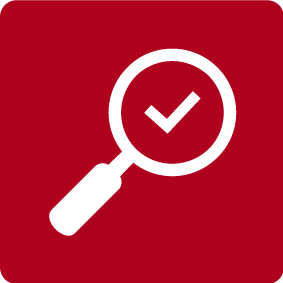







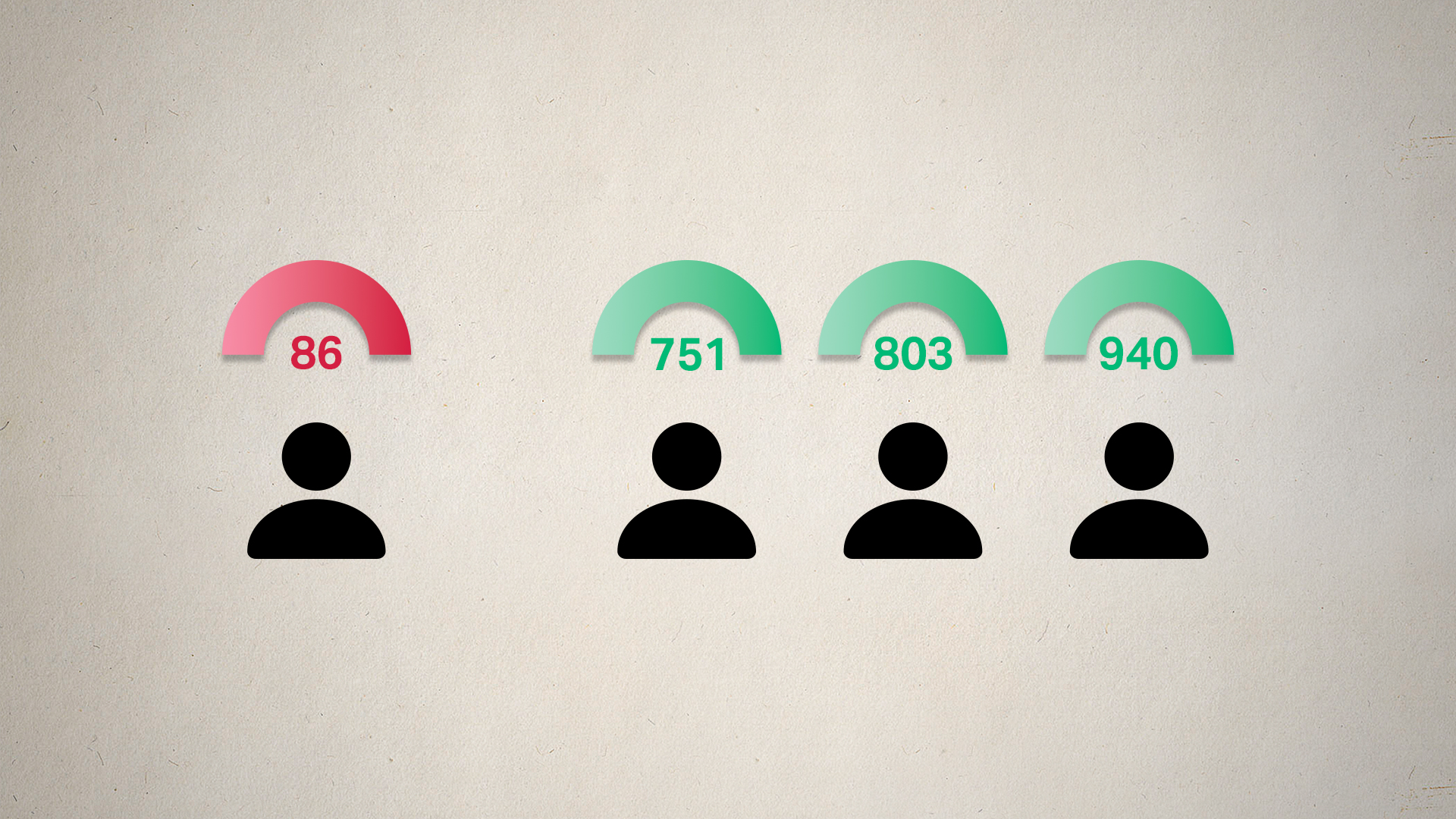


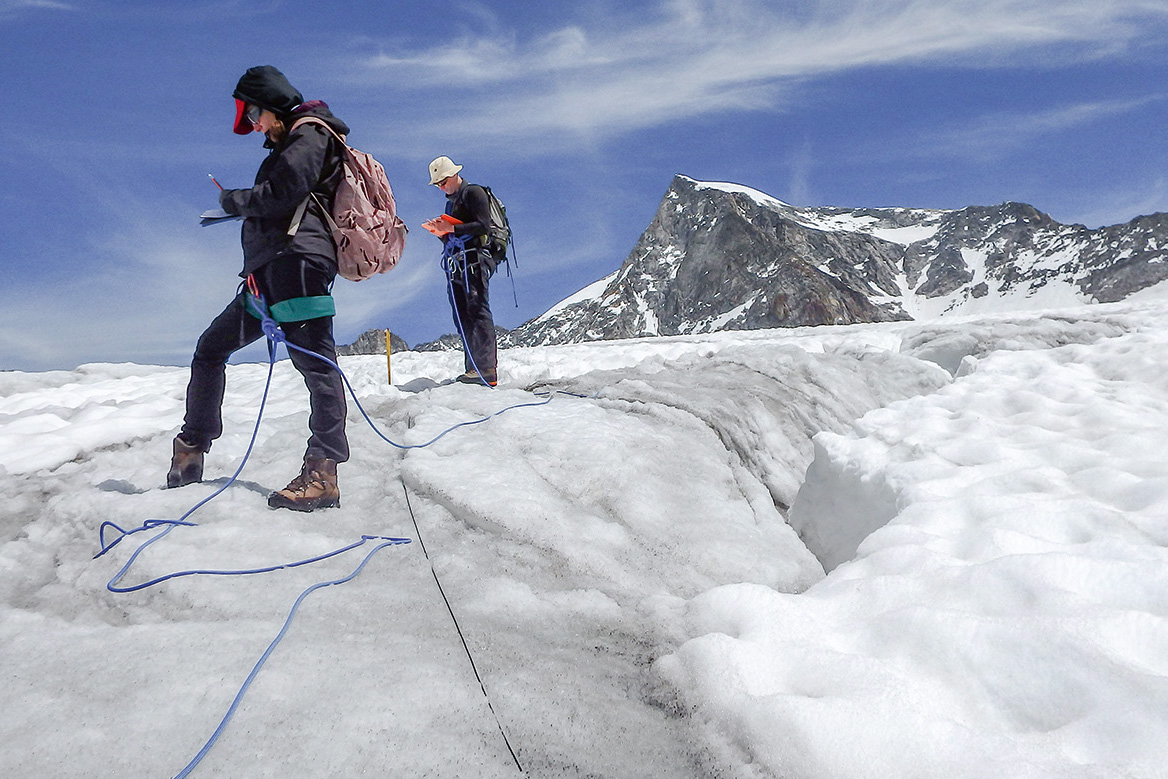




















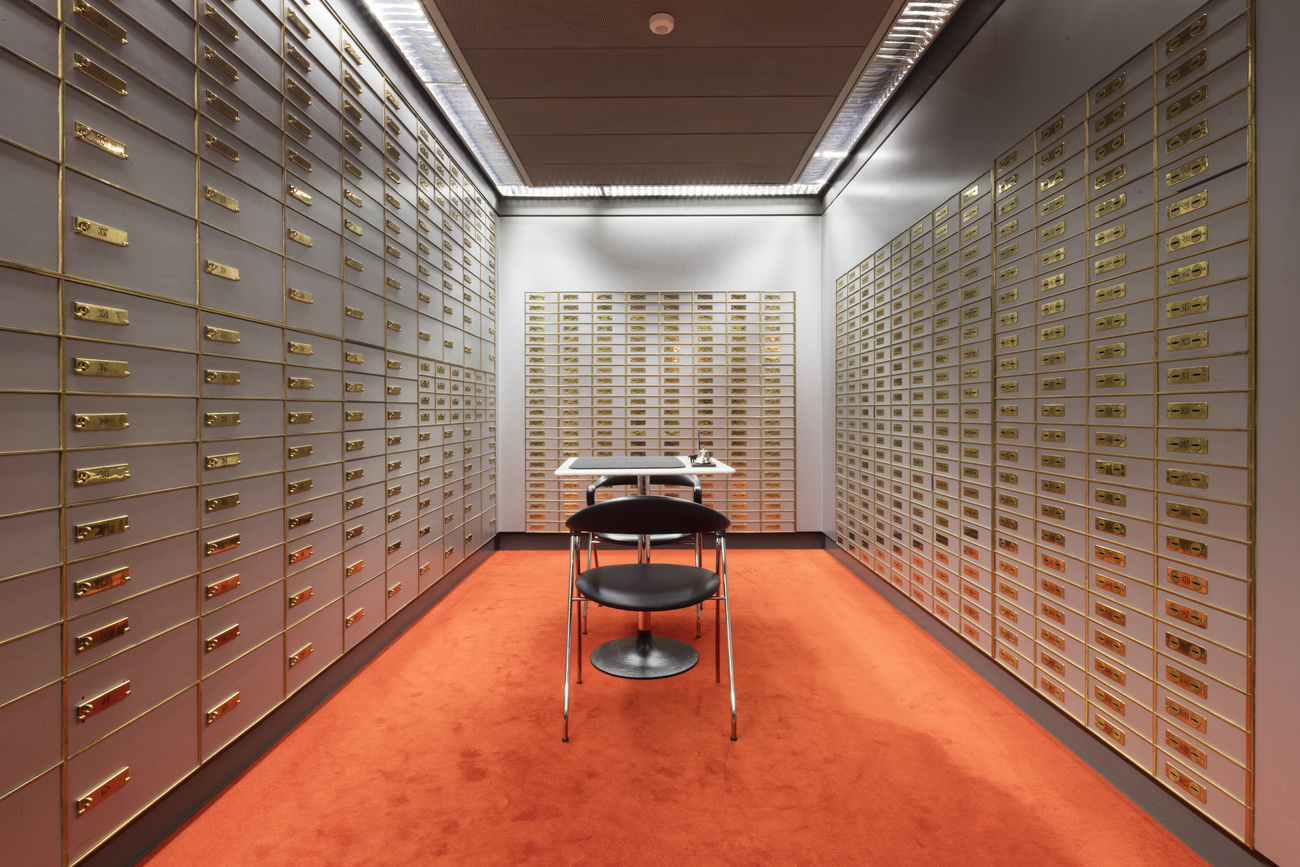





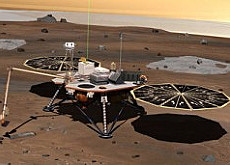
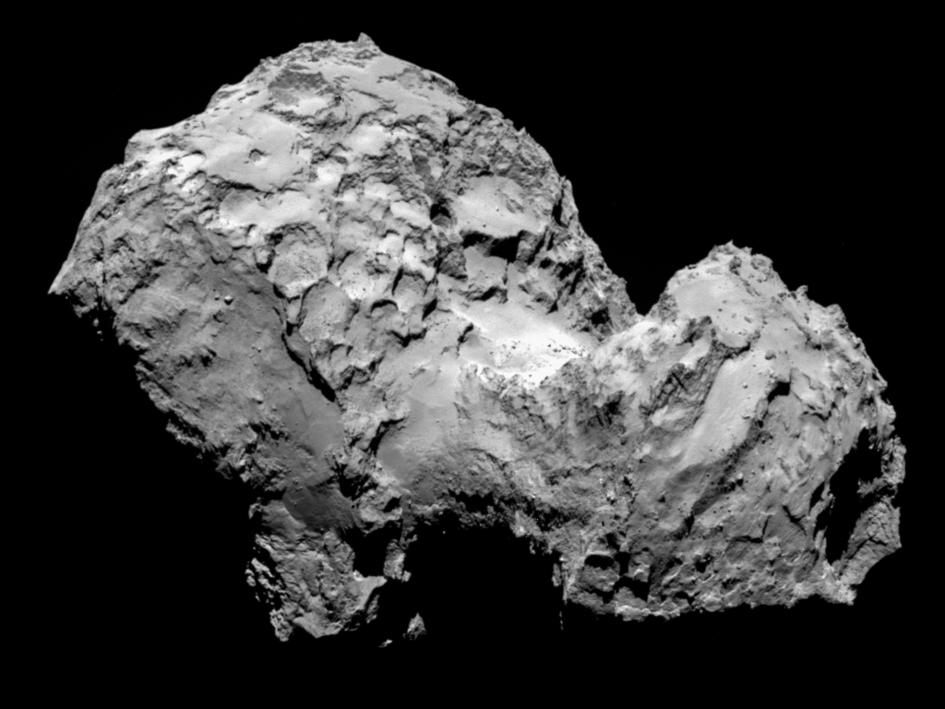
Join the conversation!